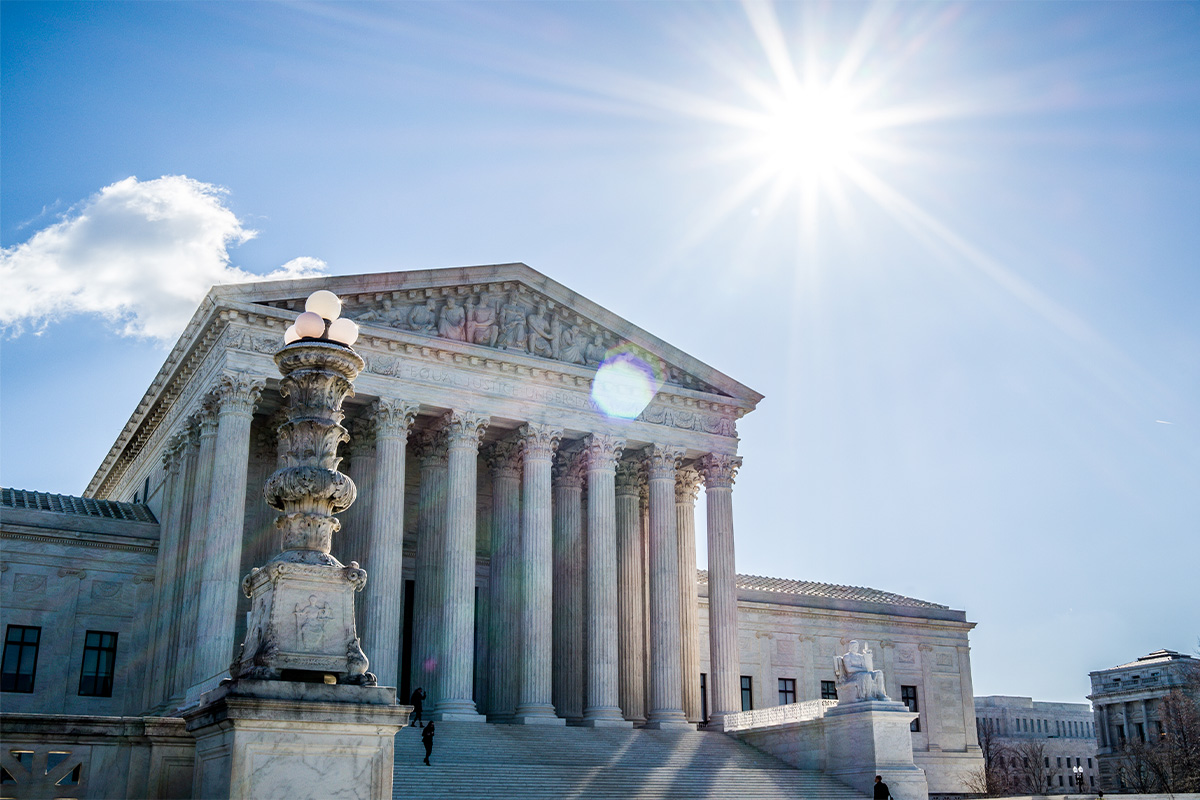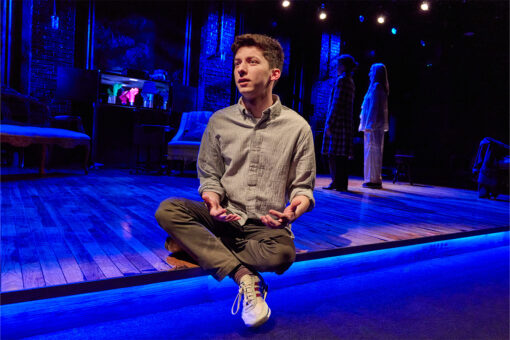As the process begins to replace Associate Justice Stephen Breyer, who’s served on the Supreme Court since his 1994 confirmation during Bill Clinton’s presidency, an era is ending not just for jurisprudence, but for Jewish representation on the bench.
Between 2010 and 2020, three Jewish justices — Breyer, Ruth Bader Ginsburg and Elena Kagan — shared time on the court.
A societal push for equity and President Joe Biden promising to nominate a Black woman to the post — which is long overdue — seems to have narrowed the field of potential nominees. Of course, there’s a possibility that the pick could be a Black Jewish woman; Leondra Kruger, an associate justice of the California Supreme Court whose father is Jewish, has been floated as a nominee. Other names have been put forward in legal and media circles, and Sen. Lindsey Graham seemed to endorse South Carolina Federal District Judge J. Michelle Childs during an appearance on CBS’s “Face the Nation” in late January.
Even as Ginsburg wound up being one of the most visible and well-known modern jurists, Breyer’s “pragmatic philosophy” and opinions on “administrative law, which was his area of expertise … and also his intellectual influence,” helped the court retain an important balance, according to Noah Feldman, a professor at Harvard Law School and a Bloomberg Opinion columnist.
“In the case of Breyer, it’s a pragmatism of cost-benefit analysis,” he said over the phone late last week. “The answer to any question, legal or otherwise, is not what’s right in the abstract. It’s what will work, what will make more people better off. And that’s very much Breyer’s explicit philosophy as a law professor, a judge and a justice.”
Breyer’s perspective leaned toward a centrist ideology when contrasted with the late Ginsburg, who Feldman said in her public lectures was more likely to focus on the “social justice objectives of the prophets — more of a principled justice.”
There was a topic, however, that seemingly united Breyer, Ginsburg and Kagan.
“The one area where they did tend to converge, where I think their Jewishness was relevant, was in church-and-state cases. They all generally favored greater separation of church and state,” Feldman said. “In the case of Breyer and Kagan, they were also conscious of not wanting to go so far that it started to make non-Jews feel like Jewish justices were pushing an anti-Christian agenda. Their theory of the separation of church and state was that religion should be irrelevant to public life.”
An inauspicious beginning to Jews’ connection to the high court came in 1853, when Louisiana’s Sen. Judah Benjamin, who previously served as a cabinet member of the Confederacy, was nominated to a post. He turned it down. In 1916, Louis Brandeis, the namesake of Brandeis University, became the first Jew confirmed to the court. Feldman said Brandeis’ work on the bench wasn’t necessarily derived from his religious background, though he was a Zionist. A low point was the tenure of Abe Fortas, which ended in 1969 as he stepped down amid scandal.
But Felix Frankfurter, who joined the court in 1939, made an important point. While every citizen is an amalgam of personal history and their surroundings, jurists need to examine cases through a singular lens.
In 1943, the Jewish jurist said: “As judges, we are neither Jew nor Gentile, neither Catholic nor agnostic. We owe equal attachment to the Constitution, and are equally bound by our judicial obligations, whether we derive our citizenship from the earliest or the latest immigrants to these shores.”
Representation on the bench proportional to the population of the States appears to be coming in line, making a court that simultaneously included Breyer, Ginsburg and Kagan a historic moment, and one that likely won’t be replicated in the future.
“I think it’s very safe to say that it won’t ever happen again,” Feldman said about the prospect of three Jewish justices again serving concurrently. “This was a product of the influence of Jews in the liberal legal academy in a certain moment in history. It’s striking that those three Jewish justices all came out of academia. They were all law professors, and at the time they were on the court, they were — apart from [Antonin] Scalia — the only justices on the court who had been full-time law professors.”
While Kagan might not be joined by someone who shares her religious background, if she and the remaining seven members are joined by a Black woman, it’ll once again make the court one-third female, despite the political leanings of the body changing substantively during the past few years.



